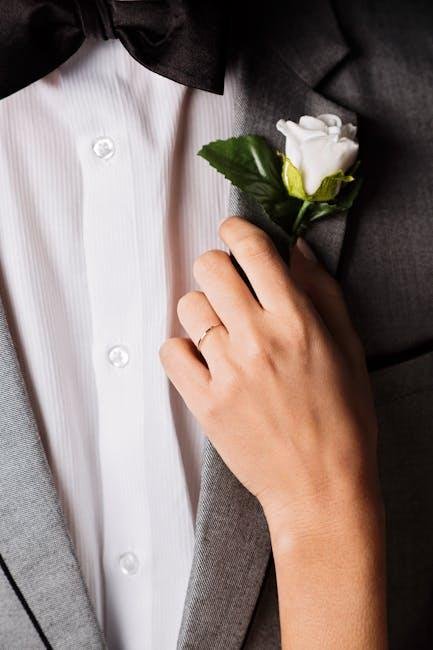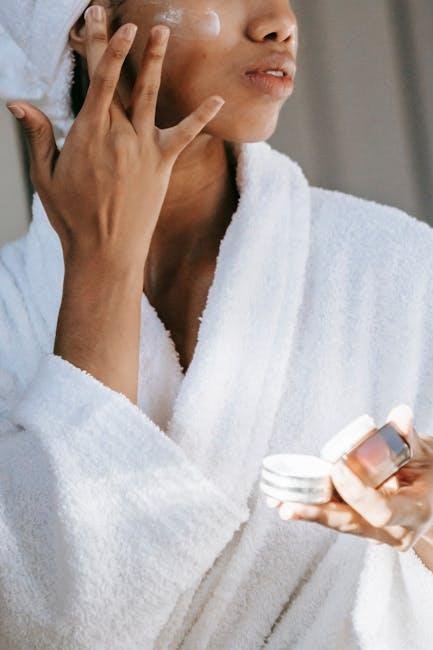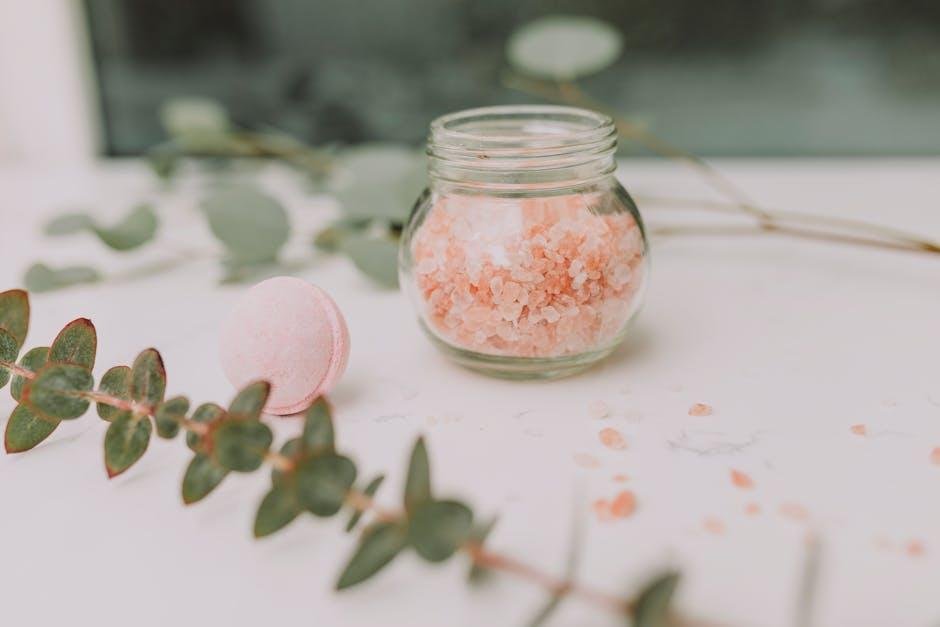Grooming isn’t just about keeping your pup looking good—it’s a powerful way to strengthen your bond and build trust. By taking things slow, using positive reinforcement, and tuning into your dog’s needs, grooming can transform from a chore into a cherished ritual.

1. Start with Calm Introductions 🌿
Begin each session in a peaceful, familiar space. Sit beside your dog calmly, speaking softly and letting them approach at their own pace. Avoid direct eye contact (which some dogs see as confrontational) and give them space to settle in .
Let them sniff all grooming tools first—brushes, clippers, towels. Don’t rush. Use treats and praise with each sniff or approach—this positive pairing helps them learn “tools = good things” .
2. Break Grooming into Baby Steps
Instead of diving right in, break grooming down:
Day 1: Gentle stroking or petting with praise.
Day 2: Touch paws or ears lightly.
Day 3+: Introduce a few strokes with a brush or show the clippers .
Limit each session to mere minutes—just enough to be pleasant—and always end on a positive note before your dog grows uncomfortable .
Speak in soothing tones—affirm with words like “good dog” or “easy”—and offer gentle strokes and snacks throughout to reinforce a relaxed vibe .
4. Let Your Dog Have a Voice
Empower your dog to choose. Set up grooming tools on the floor with a lick mat or savory treats—dogs learn that staying nearby earns rewards, while wandering away ends the treats .
This method, part of “cooperative care” or husbandry training, gives dogs autonomy and helps them see grooming as voluntary rather than forced .
5. Reward, Don’t Punish
Every time your dog cooperates—even with just a few seconds of brushing—offer praise and a treat immediately. Gradually increase the task duration as they become more relaxed .
Never scold or force them; instead, take a break and try again later. Pressure-free learning deepens trust and prevents fear or aggression .

6. Desensitize to Tools & Sounds
Use gradual exposure to grooming instruments:
Brush: Lightly touch them with it, then treat.
Clippers: Let them sniff it before touching.
Dryer or nail trimmers: Start by letting them hear it from a distance, then reward .
Pro tip: Electric toothbrushes can simulate the noise of clippers in a less threatening way—great for initiating the desensitization process .
7. Create a Calm, Safe Space
Groom in a quiet, comfortable area—preferably where the dog already feels secure. Soft lighting, white noise, or calming music can help lower anxiety .
Avoid slippery surfaces—use mats or towels to prevent discomfort and further build trust .
8. Patience Breeds Success
Trust takes time—there’s no shortcut. For nervous or previously traumatized dogs, progress may be slow but can be profound .
Celebrate every small milestone—whether it’s letting you show a tool, standing still for a minute, or wagging during brushing. These wins build a foundation of mutual respect and confidence.
9. Involve Professionals as Needed
If grooming anxiety persists, consider working with a gentle, experienced groomer or a behaviorist. Some dogs benefit from calming supplements or veterinary guidance during desensitization .
Wrapping Up
Gentle grooming goes beyond hygiene—it’s about cultivating a deeper bond built on patience, respect, and empathy. By moving slowly, rewarding generously, and tuning into your dog’s emotional world, you transform grooming into a positive experience. Over time, your dog learns that being handled is not just okay—but something they can trust and even enjoy.





